We aim to do this by:
Pupils voice and our own monitoring tells us that the pupils as PSPS value and understand the importance of maths. The children have told us that they enjoy our mastery approach as ‘they are clearer about their role in their learning’ and that it allows them to feel taught and supported but that there is always a challenge there for them. They enjoy our daily reasoning as it gives them an opportunity to talk and reason about maths. They really like the teacher modelling and the sentence stems as these tools help them understand. The start and end of unit quizzes are popular as the children enjoy seeing the progress they have made and understanding what they need to or have learnt.
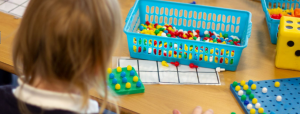
DOWNLOAD OUR MATHEMATICS POLICY HERE
At PSPS we teach for mastery of Maths from EYFS to Year 6 and lesson incorporate the 5 big ideas of mastery.
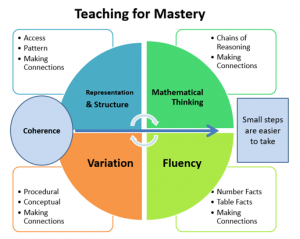
To ensure coherenece we teach using the White Rose Maths materials. In response to the learning disruption as a result of COVID-19 we take guidance from the NCETM / DfE ‘Ready to Progress’ Materials. These guide us to focus on the necessary KNOWLEDGE children require before moving to the next year group.
Children begin their maths learning journey in our NURSERY. Maths is all around them everyday and is supported by the staff and the provision areas that are put in place for them to access. The children have 2 sessions per week of carpet time (teacher-led session), where the teachers and key workers guide the pupils through progressive maths focuses including pattern, number and shape.
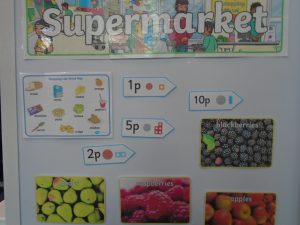

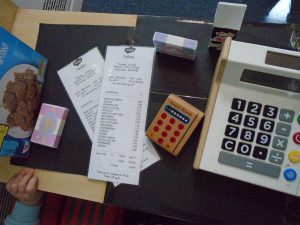
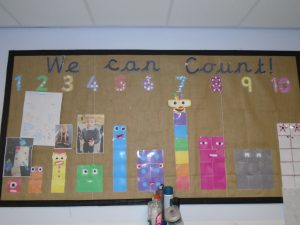
In our RECEPTION CLASSES learning becomes more formalised whilst still valuing the importance of good indoor and outdoor provision. Children have 2 sessions of maths per day. A 15 minute session that is focussed on securing firm foundations in the development of good number sense. This continues through to Year 1 and Year 2. The aim over time is that children will leave KS1 with fluency in calculation and a confidence and flexibility with number. This is delivered as part of our work with the NCETM (National Centre for Excellence in the Teaching of Mathematics) and the DfE Maths Hubs programme. Click here for more details MASTERING NUMBER
Reception children also recieve a daily teacher-led session of direct maths teaching. See our policy for the Long Term plan that they follow. This lasts apprximately 20 to 30 minutes and is followed up by a weekly recording activity in small groups with the class teacher.
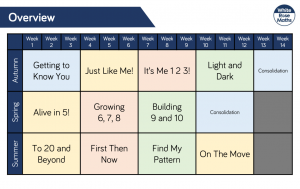
Children in KS1 recieve 2 sessions of maths per day . A 15 minute FLUENCY session (Mastering Number – see above) and a 45 minute session ‘main lesson learning’. In KS2 the ‘main lesson’ is extended to 50 minutes per day.
At PSPS, we teach from the NATIONAL CURRICULUM. See below or click the link for full detail.
PRIMARY_national_curriculum_-_Mathematics_220714We use the White Rose (Maths Hub) resources to provide our long term plans and lesson detail.
YEAR 1 YEAR 2 YEAR 3 YEAR 4 YEAR 5 YEAR 6
Maths Units of WorkUnits are planned throughout the year. Post unit assessment are carried out towards the end of the unit to ensure continued pupil progress.
Mathematical fluency sessions ensure that the basic skills and building block of arithmetic are mastered and over rehearsed to ensure that when applying and using mathematics their working memory is not overloaded.
For information about how we teach addition, subtraction, multiplication and division , read our guides. If you are trying to support your child – THANKYOU – but please don’t struggle if you find the methods confusing. Instead contact your child’s class teacher and they will respond with further guidance. Click on the appropariate link for the operation you require